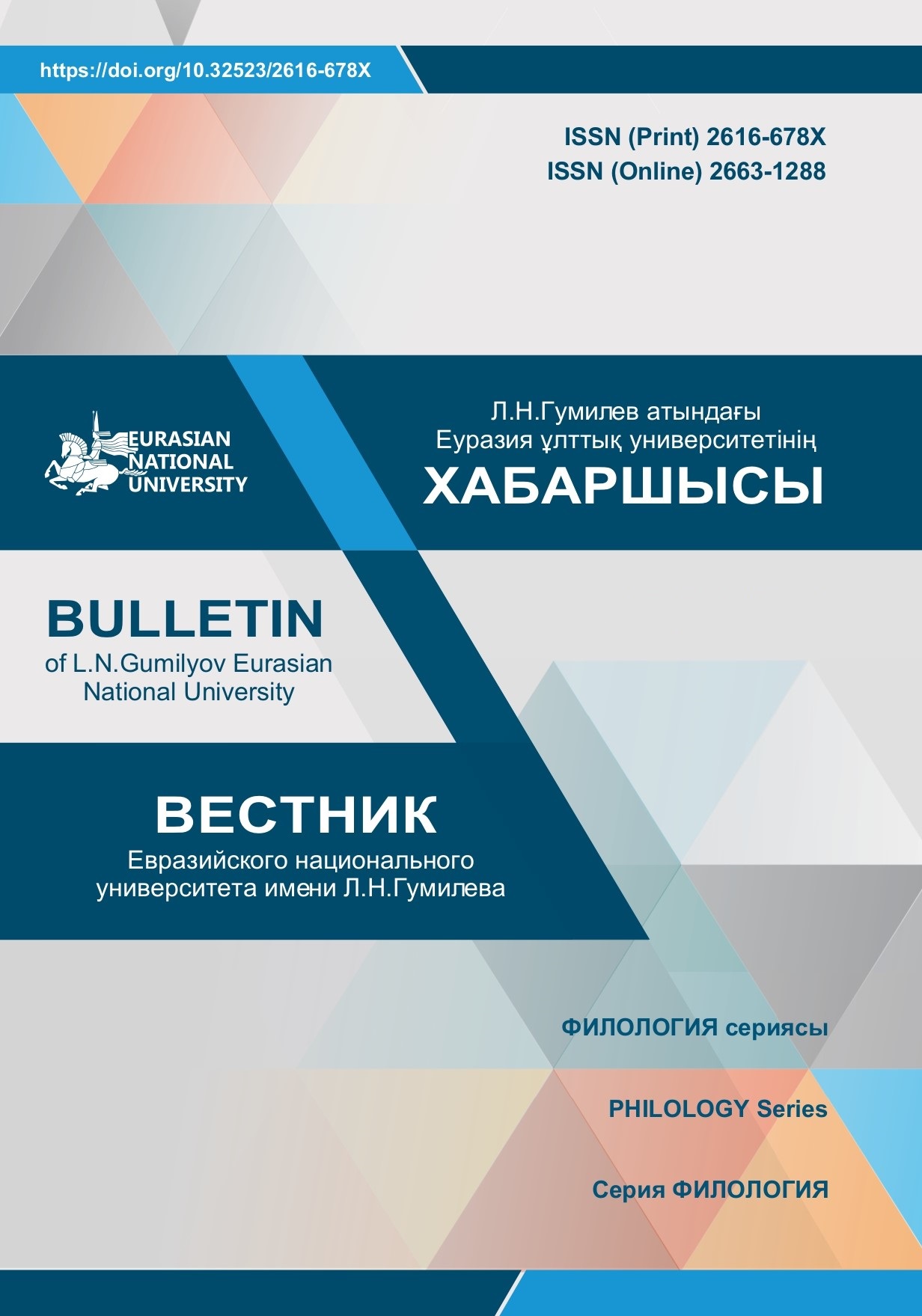The cognitive and artistic value of Dulat Isabekov's story "We Have Not Seen War”
Views: 270 / PDF downloads: 724
DOI:
https://doi.org/10.32523/2616-678X-2023-145-4-132-142Keywords:
Dulat Isabekov, the topic of war, «little man», montage phrase, social character, lyricism, detailAbstract
Writer Dulat Isabekov's novel "We Have Not Seen War" has not received much attention from critics and literary experts. There are a number of reasons for this. Despite the compact size of the work, there are reasons to talk about complex artistic applications, such as a large number of characters on the character level, the lack of a single storyline, the complexity of syntagmatics in the depiction of characters and the multi-layered nature of the genre prevented the literary analysis. Not only the protagonists of the story, but also the episodic characters have their characteristics. Through them the writer masterfully showed how people living in a Kazakh village shared the hardships of that time during the war and fought not only against the consequences of the war but also for the preservation of human values. Since the main theme is connected with the life of children of that time, the character of heroes who grew up before their peers lived in peacetime, takes a leading role in the subject matter of the work. In depicting these moments, the artistic contribution of parallelism and images antithesis was very strong. The author's narrative and psychologism, the types of monologues and dialogues, and the actions of the characters are saturated with details that carry an ideological load. The emotional impact of the work is very strong; it is rich in lyrical intonations and meditative elements. The title of the story also acts as a montage phrase and subsequently becomes a leitmotif. The article reveals the trace of literary experience in the work, analyses the theme and idea of the work, the system of images, the nature of the conflict, its link with the plot, the role of representation components in the presentation of the idea, the author's chronotope and artistic communication.







